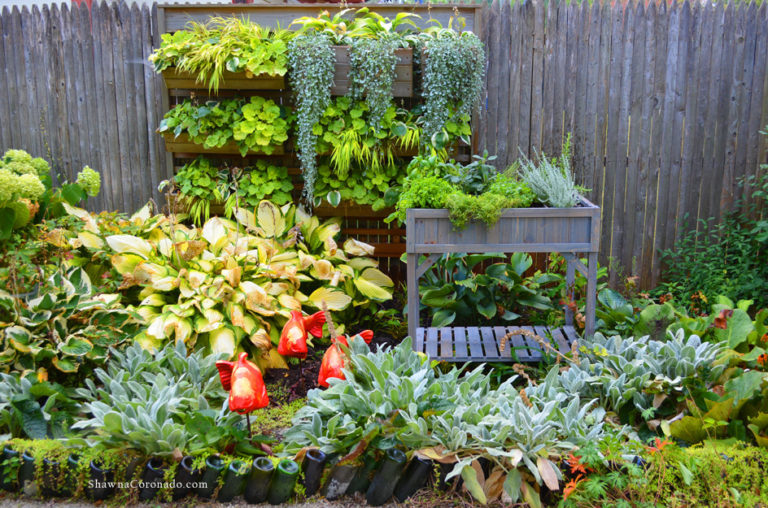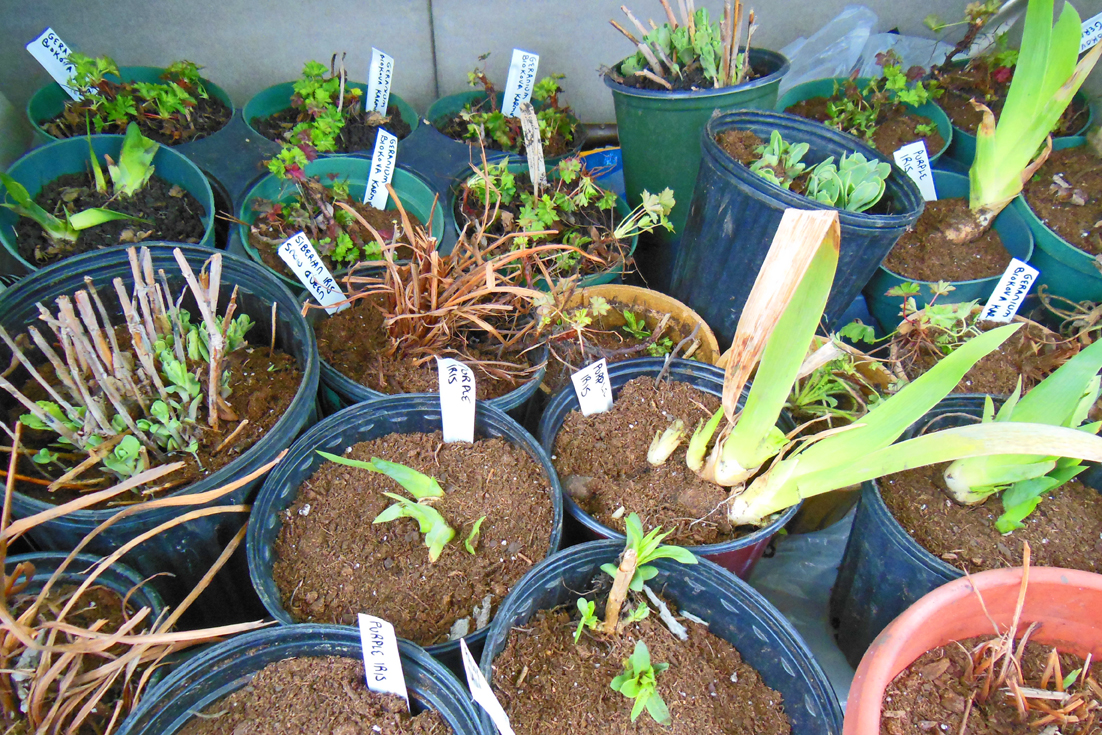How to Grow Tulip Bulbs

Of all the bulbs, tulips are the most popular of the spring flowers. With the unbelievable variety in color, form, and shape, tulip bulbs offer gardeners an interesting landscape solution that blends well with groundcovers, perennials, and annuals alike. Some tulips are excellent for naturalizing, but many need to be replanted every season as they are short-lived. Heavy soils and hot summers make it difficult for tulips to retain their vigor; they prefer cool weather and consistent moisture to flower brilliantly every season [so be sure to check with your local garden center to make sure your zone is good for the variety of tulip you would like to plant]. There is early-, middle-, and late-spring blooming varieties to choose from. Do research when planning the landscape so you can be assured the tulips will bloom when you plan for them to perform. Below is an excerpt on tulip bulbs from the Illinois Getting Started Garden Guide.
- Botanical name — Tulipa spp. and hybrids
- Bloom Period and Seasonal Color — Spring; red, yellow, white, pink, peach, orange, purple, white, striped, blended, and variegated flowers
- Mature Height × Spread — 4 to 36 inches × 6 to 12 inches
- Added Benefits – Attracts Beneficial Insects
- Sun Requirements – Sun, Part Sun
When, Where, and How to Plant – Drainage is the most important consideration for tulip planting. Plant tulips in a fertile organically amended soil in a very well-drained bed. Standing water will drown the bulbs. Plant about two weeks before the ground freezes hard, usually after the first frost. Mix organic bulb fertilizer in the planting holes, but do not over-fertilize as that can overproduce green stems and lessen flower development. Plant the bulbs 6 inches deep and about 8 inches apart, pointy end up.
Advice and Care – Deadhead the spent flower heads, but leave the foliage on the plants until it turns brown and withers to encourage the energy for future growth to go back to the bulb. After flowers fade in the spring, fertilize with an organic fertilizer. Not too much water! Plant bulbs in cages or use chicken wire to surround the bulbs if rabbits, squirrels, or voles become an issue. Because tulips often decrease production within one to two years, particularly in a zone where hot summers have an effect on tulip performance, some gardeners dig up the bulbs after their initial bloom, refrigerate them for the summer to keep them cool, then replant again in the fall.
Companion Planting and Design – When tulips leaves begin to fade and look gnarly in the garden, plant foliage-rich annuals around the spent leaves to hide them. Tulips work perfectly with other spring bulbs; try orange, red, and yellow tulips mixed with white daffodils to make a bold statement.
Tulip bulbs are terrific blooming flowers. Want more advice on plants, particularly varieties that do well in the Midwest, please get my book – the Illinois Getting Started Garden Guide.


